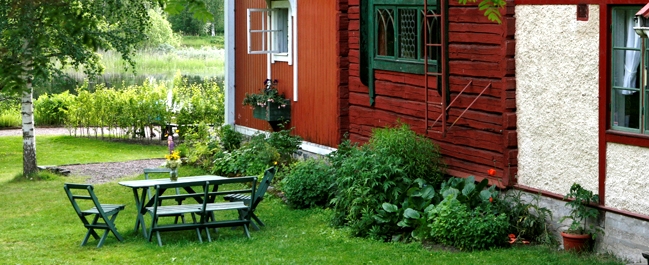Traveling Companions
September 5, 2012
IN 1862, the British painter Augustus Leopold Egg painted this wonderful and humorous picture of two girls in a train traveling through Europe, with the Italian coastline in the background. It’s called Travelling Companions.
In his book Victorian Painting, Christopher Wood wrote, “It is difficult for us now to appreciate how ugly the Victorians thought the dress of their own age; to our eyes it seems both elegant and picturesque.” I would think most of the Victorians liked the dress of their age or they wouldn’t have worn it, but Egg seems indeed to be making some fun of these parachute-like dresses, and he has a point.
Still they are beautiful, billowing constructions. There is a sense of blissful detachment, with one girl asleep and the other absorbed in a book, both with their hats perched on their laps, ready for the signal to resume the life of elegant tourists. But then that was the age when women were denied everything and did not have the opportunity to participate in slutwalks.
















